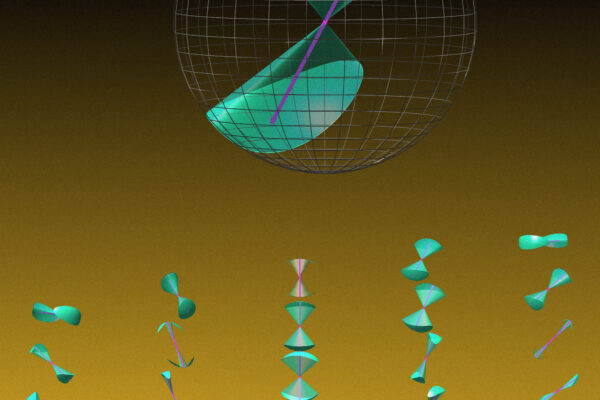
High magnetic fields are a vital tool in many areas of science and technology, from medical diagnostics and drug discovery to proposed fusion energy reactors and for the development of new quantum technologies and semiconductors.
At the request of the National Science Foundation, the National Academies of Sciences, Engineering and Medicine recently organized a study to identify scientific opportunities and key applications for high-magnetic-field science for the next decade and beyond.
Sophia Hayes, vice dean of graduate education and a professor of chemistry, both in Arts & Sciences, helped conduct the study and spoke at the national report release briefing Aug. 12.
The committee highlighted opportunities associated with high magnetic field research in the United States, detailing scientific pursuits in superconducting wire technology, applications in Nuclear Magnetic Resonance (NMR) spectroscopy for chemistry and materials science, magnetic resonance imaging (MRI), condensed-matter physics, and energy, with discussions and comparisons to research infrastructure at overseas facilities.
At the briefing, Hayes described one important element that facilitates research in high magnetic field science.
“Helium is required to achieve the lowest temperatures for matter. That’s important for condensed-matter studies, but also to achieve superconducting states,” Hayes said. “Establishing preferred access for researchers in these fields, for basic research, is important.”
Read more on the National Academies website.


